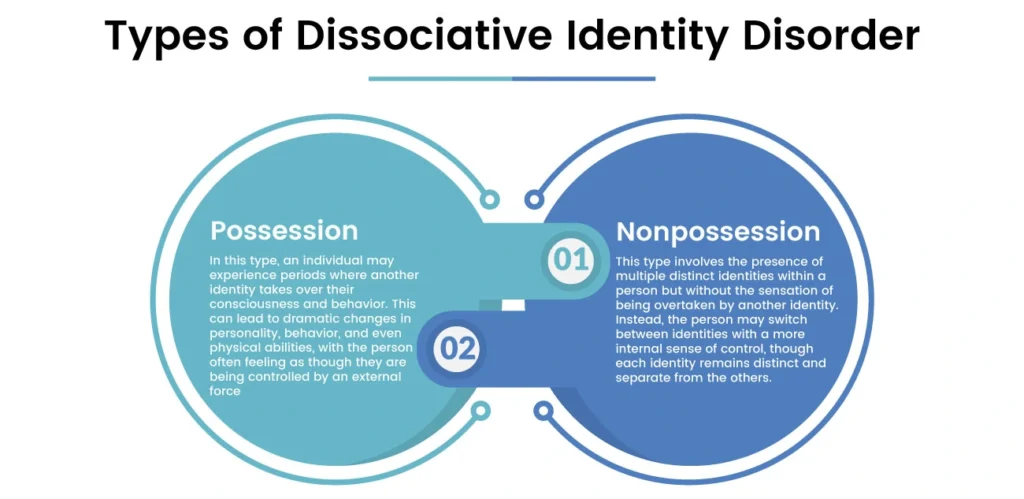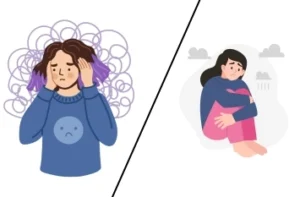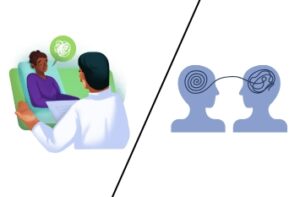
The ADHD–Rejection Sensitivity Dysphoria (RSD) Connection
The ADHD–Rejection Sensitivity Dysphoria (RSD) Connection When we talk about ADHD Attention Deficit Hyperactivity Disorder, most people think of inattention, impulsivity, or hyperactivity. But there’s




